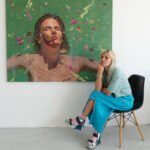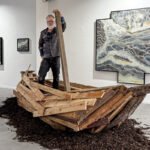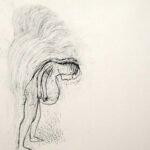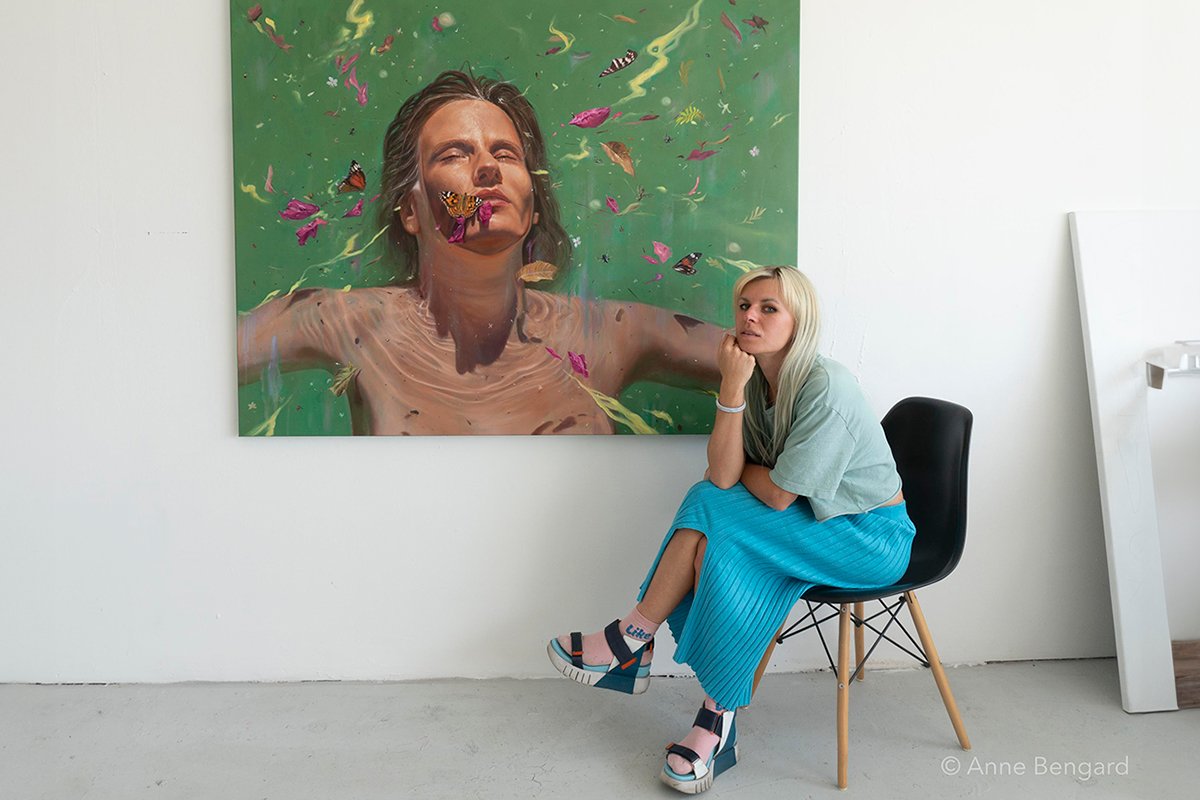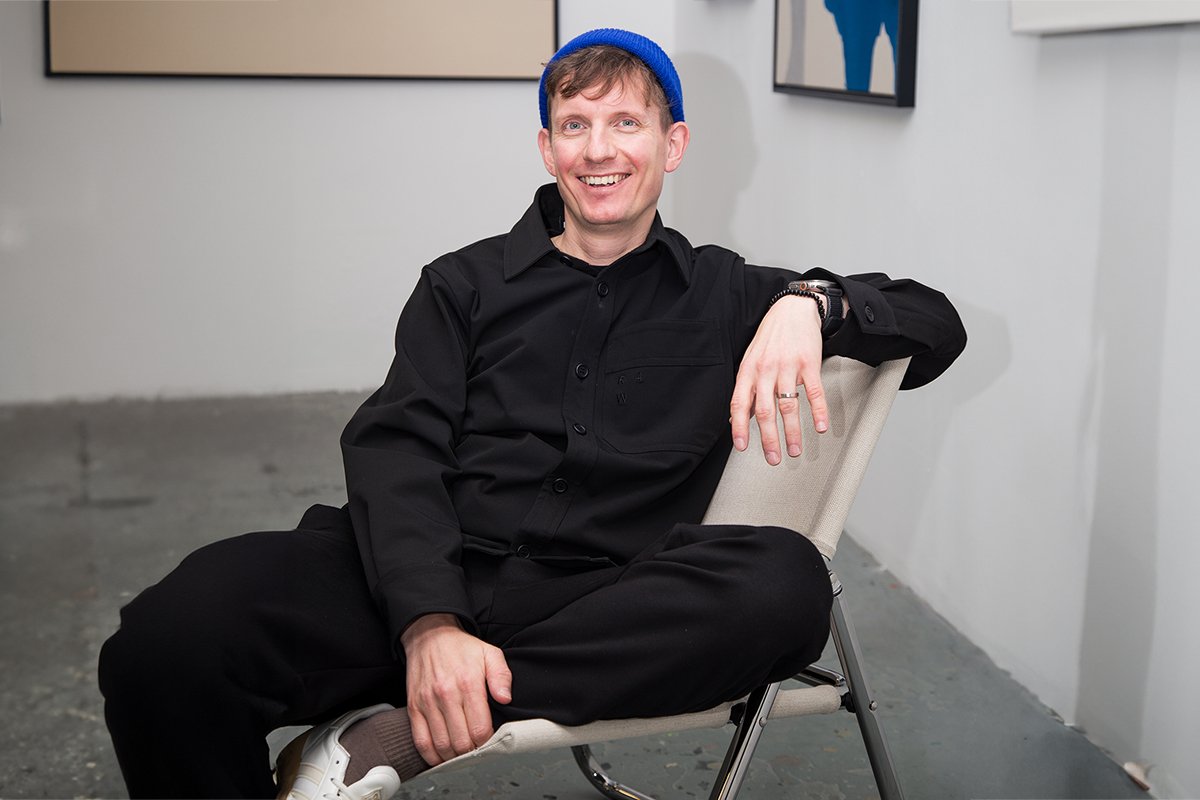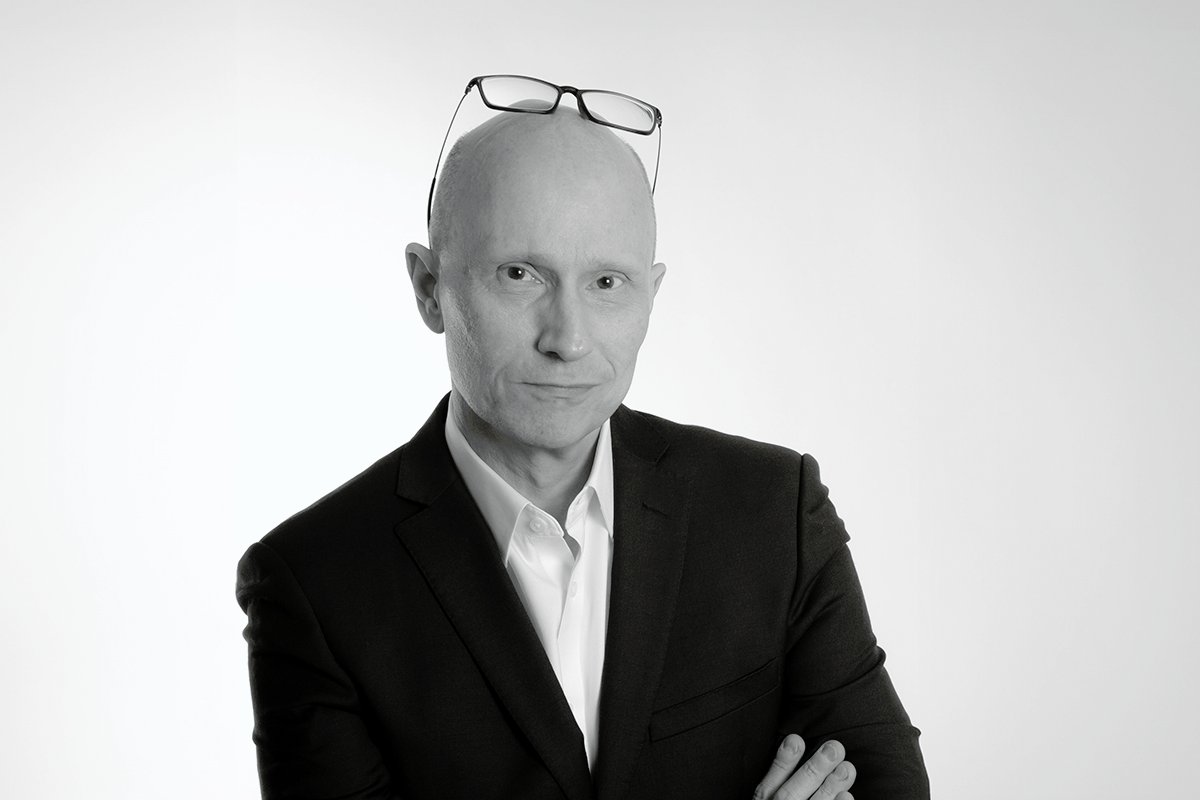Coorain Devin Transforms Mundane Realities Into Fascinating Artistic Explorations
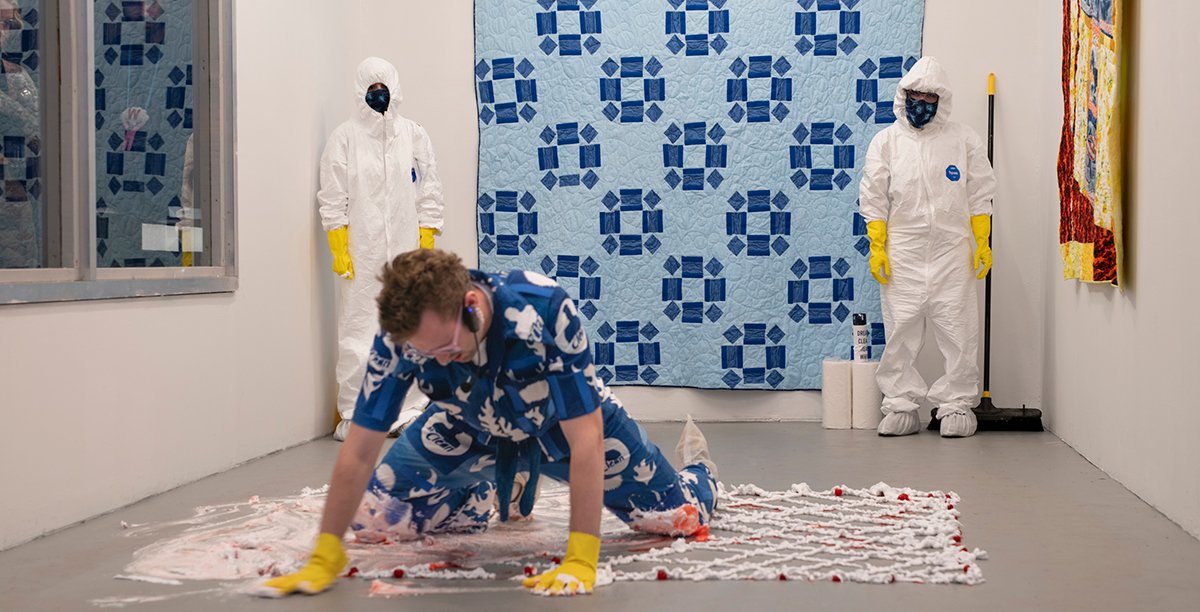
PHOTO: Coorain Devin – Artist and Philosopher Blending Materialism and Identity Through Unique, Interdisciplinary Art.
Exploring Identity and Consumer Culture Through Performance, Philosophy, and Art
Coorain Devin navigates identity and consumer culture through interdisciplinary art, blending philosophy and performance to challenge perceptions of materialism in captivating ways.
Coorain Devin transcends conventional boundaries, transforming everyday experiences into profound artistic explorations. Raised in the idyllic landscapes of rural Maine by parents whose vocations mirrored diverse facets of life—from the delicate strokes of an art teacher to the analytical prowess of a marine biologist turned politician—Coorain’s journey into the realm of artistry began with subtle echoes of performance. From a young age, the balance of self-expression and survival forged a unique path that would later become the hallmark of his creativity.
Drawing upon the rich tapestry of his upbringing, Coorain navigates the fluid intersections of identity with remarkable deftness. The artist’s work—a harmonious blend of philosophy, fine arts, and consumer culture—is imbued with thoughtful examination and exquisite irony. His deep philosophical insights, inspired by figures like Ludwig Wittgenstein, shape artworks that challenge perceptions while maintaining an unassuming yet powerful presence. These creations—whether the Nabisco Premium Saltines Quilt or the Kraft American Singles Cheese Quilt—speak to the juxtaposition of industrial repetition and the comforts of home, highlighting the complexities inherent in our modern material world.
Coorain Devin’s engagements with personas such as the domestic goddess or infomercial host delve into the realm of consumer theatrics, questioning corporate pretensions while simultaneously transforming the mundane into vibrant platforms for expression. With keen awareness, he exposes the masks that shield corporate interests, urging viewers to confront the transparent façades presented to them daily.
Coorain Devin’s art masterfully challenges consumer culture’s complexities, inviting introspection through thought-provoking, interdisciplinary creations that transcend traditional artistic boundaries.
His exploration of surfaces in material culture asks us to reconsider the narrative told by design—why say “don’t judge a book by its cover” when the cover itself is crafted to suggest meaning? Through his art, Coorain invites us to celebrate the gap between expectation and reality, merging playful commentary with immersive artistry.
In confronting the allure and inherent dangers of the American industrial food system, Coorain’s personal experiences inject authenticity into his work—portraying pleasure intricately entwined with peril. This tension evokes both joy and horror, allowing his performances to extend an artistic vision that captivates and challenges audiences.
As an interdisciplinary artist, Coorain adeptly navigates the challenges and rewards of working across diverse mediums—photography, textiles, performance—despite the occasional undefined categorization in traditional art spaces. His innovative creations, such as the Super Mr. Clean Scotch Brite Cleaning Jumpsuit, skillfully blur the lines between textile, sculpture, and performance art, inviting viewers into an unfolding dialogue on the nature of art itself.
Coorain Devin’s artistry is an evocative testament to transformation. His works invite us to engage with the complexities of consumer culture and materialism with a discerning yet appreciative eye, making each piece not only a performance but a profound narrative that beckons us to join the stage.
How did your background in both philosophy and fine arts shape your unique perspective on consumer culture and materialism?
I approach consumer culture as someone that wants to make things, but, like most of us, I was raised on advertisements that encourage me to buy. I think a lot about Dorian Corey, a drag queen, describing the shift in New York drag ball culture. At the beginning of the 1980’s, handmade and custom costumes were most highly prized- they were original, but by the end of the decade, off the rack garments were most desirable.
“Performance has always been an important part of my life.” – Coorain Devin
With philosophy, I am drawn to philosophers like Ludwig Wittgenstein who strive for clarity. There’s a lot of effort put into exact language that is simple, yet talks about complex ideas. I’ve always wanted to make art that does that- it’s unpretentious and concise, but it speaks to complexity of the world. Sometimes, I succeed, like the Nabisco Premium Saltines Quilt or the Kraft American Singles Cheese Quilt. They both repeat these industrial products in a ridiculous way, but in a way the connects them to comfort and the home and how we live.
Can you elaborate on why you decided to embody personas like the domestic goddess or infomercial host in your work?
These personas show us how to be good consumers- they tell us how to buy and use products. At their best, demonstrative consumers turn what is traditionally a trap into a stage. I think about Martha Stewart making the kitchen, a private space that can really be a cloister, into a massive platform. But at the same time these personas, including Stewart, so often act as a thin mask for corporate interests. She pretends to be our friend, but does she really have our best interests in mind? Is she serving us or the stockholders?
Your fascination with “surfaces” in the material world is intriguing. How do you translate this fascination into your art, and what do you hope viewers take away from it?
People love to say “don’t judge a book by it’s cover,” but wasn’t that cover designed to tell you something about its contents? As humans, we create and decorate spaces with surfaces that create context and tell us about our ideals. Take the grocery store for example- so many of them have the huge images of crisp, wet produce and glistening meats. These images tell us what ideal foods look like. But these ideals can’t ever match reality. But rather than get depressed at the gap between the ideal and reality, I want to honor that gap and have a little fun with it.
You mention the allure and danger of the American industrial food system. How does your personal experience with food-related illness influence your art and the messages you convey?
America has created this incredible food system- we produce delights that my great-grandparents couldn’t imagine, at a scale that I can barely understand. We’ve taken comfort food to it’s farthest limits. On one hand, it is so beautiful, on the other hand, they are killing us.
Because of my illness, that’s how I feel about most food- it’s exquisite, but deadly. Food is this thing that brings so much pleasure and joy, but has also brought me more pain than I thought imaginable. This tension between the promise of comfort with an underlying toxic danger drives most of my work.
How do you approach the interplay of joy and horror in consumer culture in your performances and objects, and how does this tension help communicate your artistic vision?
Who hasn’t been delighted in the act of buying a new thing? It just makes you feel good. But what are the real costs of all these things? If we look at how material goods and food are produced, it doesn’t take long to get lost in the ethical quagmire.
In America, eggs have been a big, political topic recently- their price has been in the news and several states have new laws about the treatment of hens. I started my own flock and let me tell you, chickens aren’t nice or ethical birds, although I did fall in love with them. I’ve had to directly address that I am taking something from the birds and think about what I give back. As a consumer, I want to do the same thing.
As an interdisciplinary artist, what are some of the challenges and benefits of working across mediums like photography, textiles, and performance?
I love to jump around in the studio. I’ll sew until I’m bored and then pick up a camera, or design a screen print. So I always find myself engaged in what I’m making. But I’m starting to see the cost- when you don’t fit cleanly into a category, it’s harder to get into galleries and exhibitions. Curators don’t know what to do with me! Sometimes I wish I would make things easy and just be a painter.
Take my Super Mr.Clean Scotch Brite Cleaning Jumpsuit. I used cyanotype, a photographic process, to put designs on linen and sewed a jumpsuit with sponges for kneepads. As part of a performance, I got on my knees and cleaned up a map of the USA drawn on the floor in cherry syrup. When I display that jumpsuit, is it the costume or prop from a performance? Is it a photograph or a textile sculpture?



